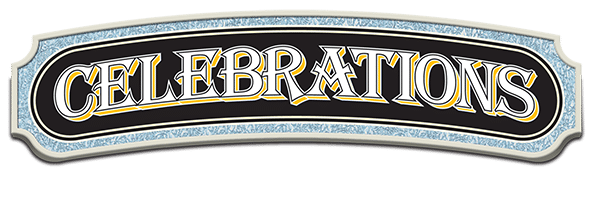10 Things You May Not Know About Peter Pan

1. While Disney’s film Peter Pan was released in 1953, Peter Pan himself made his debut way back in 1902 in the novel “The Little White Bird” by J. M. Barrie. The book itself contained elements of social comedy and dark undertones, but it was the middle part of the story that gained the most attention. Written in a lighter style than the rest of the book, this section introduced the world to Peter Pan. Peter proved to be so popular that his segment of the novel was published separately in 1906 as a children’s book titled “Peter Pan in Kensington Gardens.” A large reason for the story’s popularity was the intervening debut of Barrie’s follow-up play “Peter Pan; or, the Boy Who Wouldn’t Grow Up”, produced in 1904.
2. Despite the fact that the play was based on the original novel, the character of Peter Pan differs significantly from his depiction in “Peter Pan in Kensington Gardens.” For example, in the original tale Peter Pan is only seven days old and there isn’t “the slightest chance of his ever having [a birthday]”. In the play (and its subsequent novelization) he is of school age, though his exact age is never specified.
3. Nina Boucicault was the first actress to portray Peter Pan, making her debut as the boy who would never grow up in 1904 at the Duke of York’s Theatre in London.
4. It was the play (and follow-up novel) that piqued Walt Disney’s interest, and it was in this version that the familiar elements of Neverland, Wendy Darling, Tinker Bell, the Lost Boys, Tiger Lily, and Captain Hook first appeared.
5. One of the working titles for the play was “The Great White Father and Peter Pan, or The Boy Who Hated Mothers.” That’s quite a harsh title, but fortunately play producer Charles Frohman convinced Barrie to change it. Barrie agreed and came back with the much more innocuous title, “The Boy Who Couldn’t Grow Up.” Frohman agreed that this was much better but made one important alteration, changing “Couldn’t” to “Wouldn’t.”
6. But where did the name Peter Pan come from? The name itself comes from two sources: Pan, the mischievous Greek god of the woodlands, and Peter Llewelyn Davies, one of five brothers that were befriended and later informally adopted by Barrie.
7. Peter Pan was the final Disney animated feature released through RKO (the first distributor of Disney animated feature films) before Walt Disney created his own distribution company, Buena Vista Distribution. Peter Pan also holds the distinction of being the final Disney film in which all nine members of Disney’s Nine Old Men worked together as directing animators.
8. In order to produce Peter Pan, Walt Disney had to negotiate the film rights, not with J. M. Barrie, but with the Great
Ormond Street Hospital, a children’s hospital in London. Barrie donated the copyright for the Peter Pan works to the hospital in 1929, with the provision that the income from this source not be disclosed.
9. When Walt Disney first began to think about how to bring the beloved story to the screen, he considered several alternatives. At one point Walt considered including Peter Pan’s back story, but later decided that “We ought to get right into the story itself, where Peter Pan comes to the house to get his shadow. That’s where the story picks up. How Peter came to be is really another story.”
10. Child actor Bobby Driscoll not only provided the voice of Peter Pan in the film, but also served as the live-action reference model for the animators. Driscoll has the added distinction of being the first actor Walt Disney put under contract, which he did for Song of the South, the first live-action dramatic film made by Disney.
